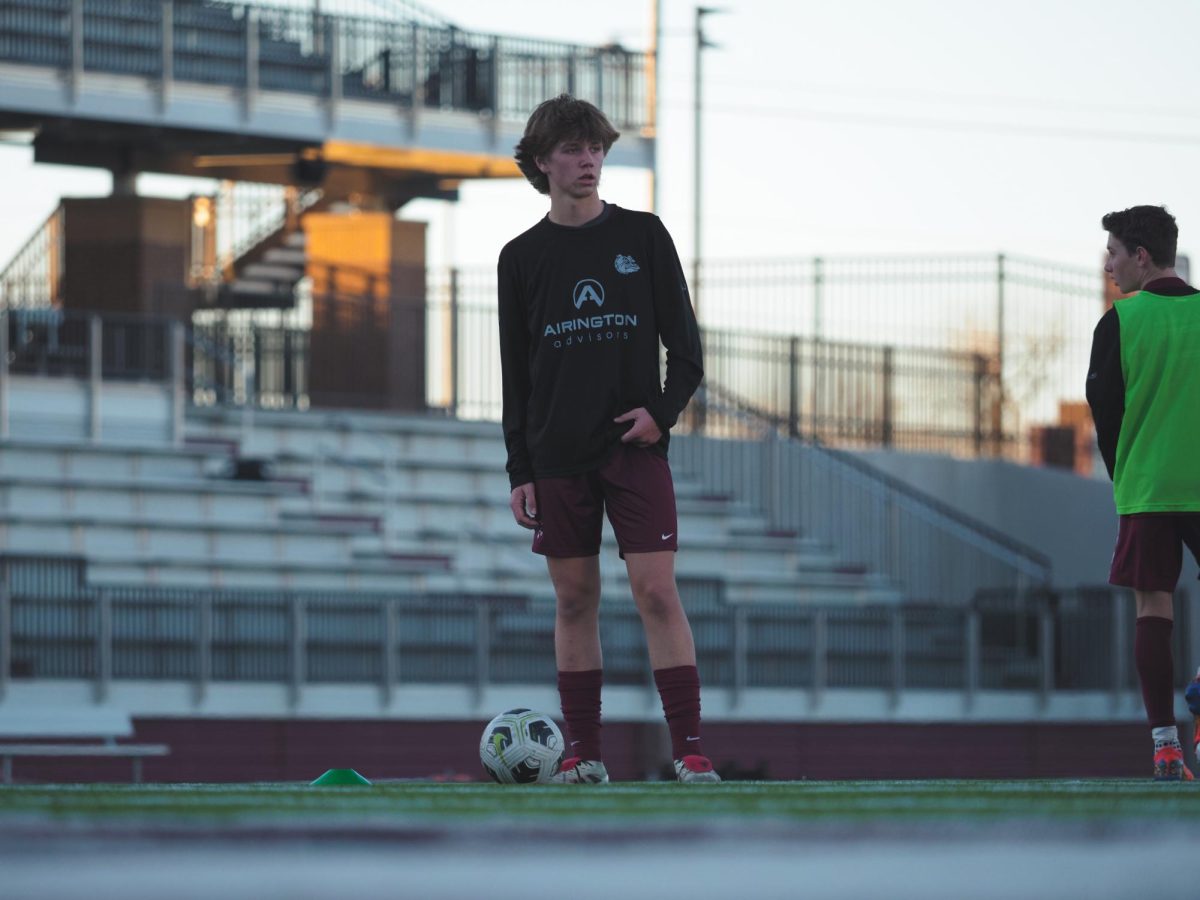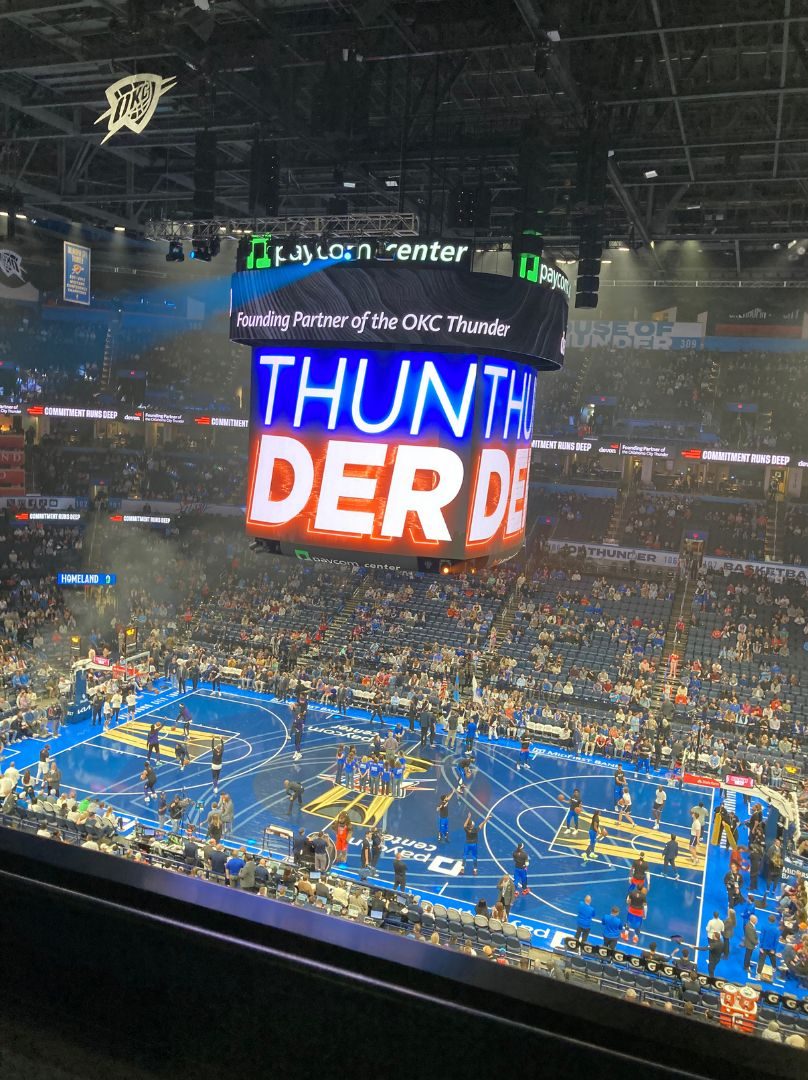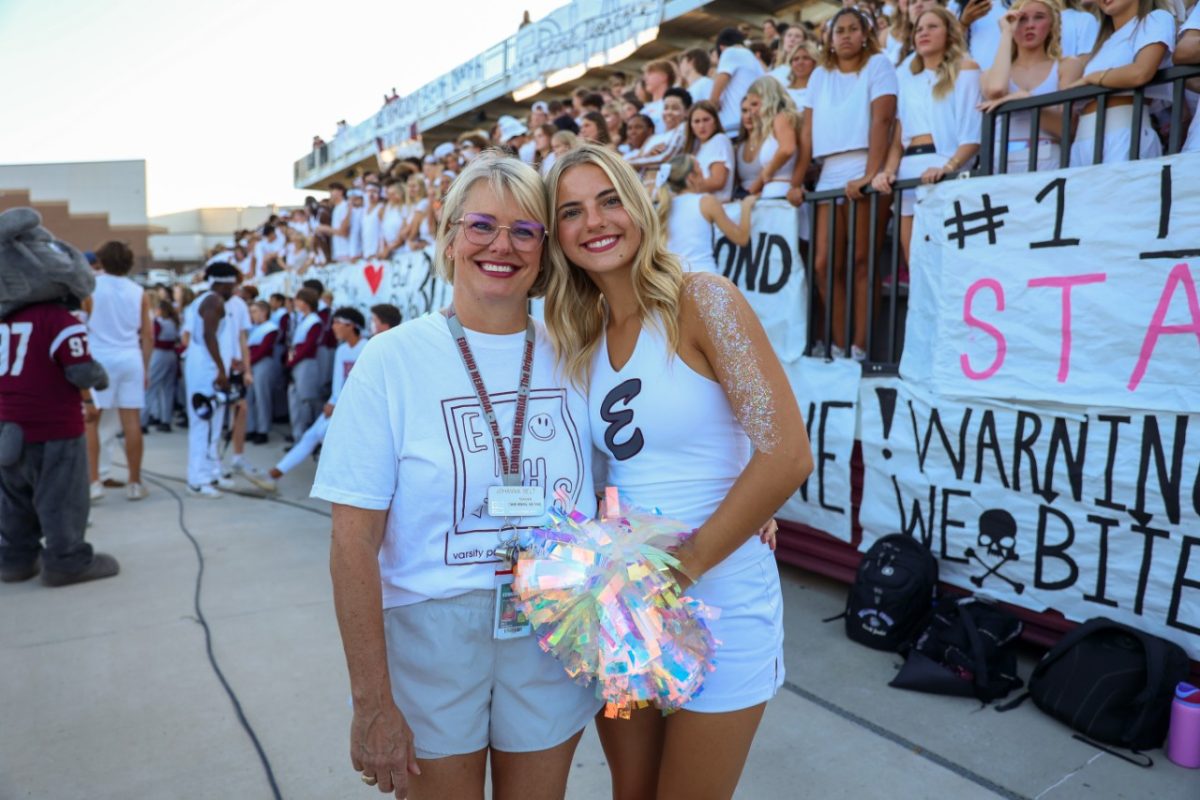On April 8, a rare and beautiful astronomical event took place. A total solar eclipse, if viewed from Idabel, Oklahoma, was visible at 1:45 p.m. Totality lasted around four minutes in the center of the totality line, which went through the corner of the state, allowing viewers adequate time to take in the sight of a total solar eclipse.
A total solar eclipse happens when the moon completely blocks out the sun from one’s point of view, which occurs when the moon lines up in between the earth and the sun. If the moon does not completely cover the sun, it results in a partial eclipse, which is what the majority of the country has seen.
“When the sun’s disc is completely covered by the moon, daylight suddenly changes from bright sunlight to a very eerie twilight in a matter of seconds,” Fred Espenak, a former astrophysicist from NASA Goddard Space Flight Center said in an ABC news article.
Since the next total eclipse in the U.S. won’t be until 2045, many people from across the country traveled to the line of totality, hoping to receive the best view possible. While the eclipse was visible from the entire country, those on the line of totality received the full effect. Eclipse glasses are necessary for viewing unless one has access to special equipment, such as a telescope equipped with a solar filter.
“Having a telescope with a solar filter essentially lets me ‘zoom in’ and allows me to see small details such as Bailey’s Beads just before totality,” junior Logan Marshall said. “I’m hoping to witness this beautiful and rare astronomical event if weather permits since I won’t have the opportunity again for a long time.”
Solar eclipses are not incredibly rare, happening once every 18 months. But for a total solar eclipse to cross the U.S., especially with the line of totality going through Oklahoma, it’s definitely not something one sees everyday. Around 5 million people traveled to the line of totality, so traffic was expected to be heavy. The small towns within the line of totality prepared for a large influx of tourists, because some are choosing to travel to smaller towns for viewing.
“I’m planning on going to Idabel in Southeastern Oklahoma for the eclipse,” Marshall said. “Between Idabel and Broken Bow, Idabel is much smaller so I’m anticipating less of a traffic struggle.”
On April 8th, a total solar eclipse took place in various places across the country, including the Southeastern corner of Oklahoma. For those not in the line of totality, around 90% of the sun was blocked out for the majority of the state, depending on location. Totality is truly an experience different from anything one ever experiences on the day to day, meaning many have just received the sight of a lifetime.
Contact Emma Eischeid at ruffdraftemhs@edmondschools.net







































